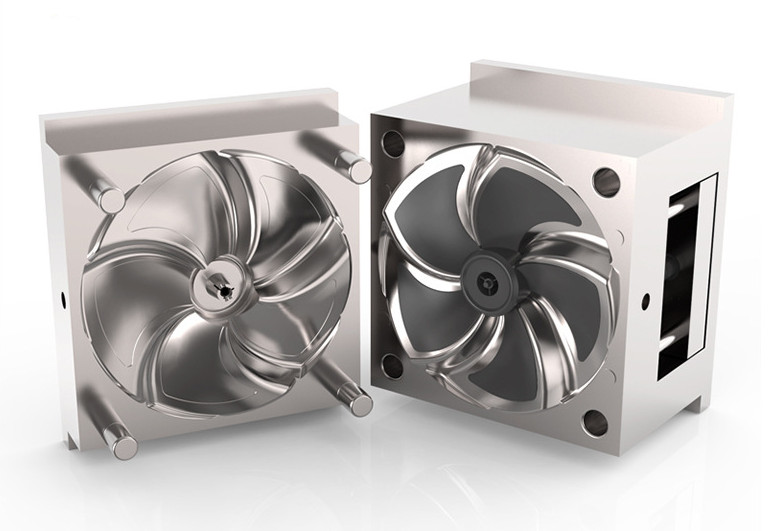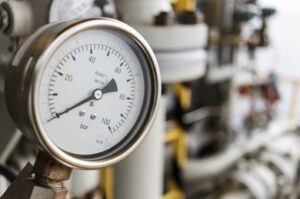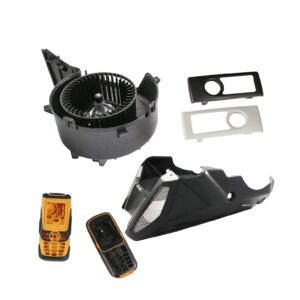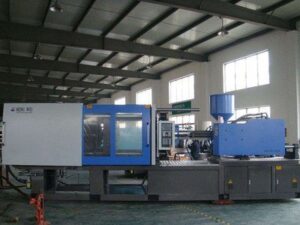Injection molding is a common process used to create durable plastic parts. The process involves using a mold to inject heated liquid plastic into it, which hardens and creates an exact replica of the injection mold. You can create custom plastic parts using an injection molding machine with help from a skilled team of experts that understands how these machines work. They can connect you with the right manufacturer, review your plans, and offer helpful advice on what you need to succeed in this business venture. This article will explain more about the fundamentals of plastic injection molding as well as what you need to know before getting started.
What is Plastic Injection Molding?
Injection molding is a manufacturing process used to create durable plastic or resin parts. In this process, manufacturers use an injection molding machine to inject heated, liquid plastic into a mold. The mold is a steel tool with a specially designed cavity. Once the plastic cools and hardens, the mold opens and creates an exact replica of the injection mold. This process is ideal for creating large quantities of parts that require a high degree of precision. Injection molding machines can create parts ranging from small decorative items to large automobile pieces. The molded parts are durable and can withstand high temperatures, so they are common in industries such as the automotive, medical, and aerospace industries. Injection molding is often confused with other manufacturing processes, such as stamping and rotational molding. It is also similar to other types of molding, such as casting and resin molding. Understanding these differences can help you choose the right process for your project.
Why Use an Injection Molding Machine?
You may already have a design in mind, but you should consider using an injection molding machine to create your parts. This process offers a number of advantages over other types of manufacturing, including: – Consistent, quality results – An injection molding machine ensures each part has the same shape and dimensions. You can also customize each part to meet your exact specifications. – Variable designs – An injection molding machine can produce the same parts over and over or create a wide variety of new models. You can adjust the settings and design of your process to make new items. – High volume production – Injection molding machines are designed for high-volume production. You can make large quantities of the same parts or create new designs for each order. – Durable parts – Parts made with an injection molding machine often have a high quality finish with a long lifespan. This can help you avoid having to replace parts frequently.
Key Elements of an Injection Molding Process
-
- Design – First, you need to create a design for your parts. This includes the shape and dimensions of the part as well as the design for any decorations or logos. – Engineering – Next, you need to create engineering drawings. These will show the manufacturer how you want your parts made, including the materials, coloring, and decorations. – Mold – The next step is creating a mold. This mold will house the design of the part as well as serve as a guide to create the part. – Setup – You then need to prepare the machine for production, including installing the mold, preparing the liquid plastic, and setting the cycle time. – Run – Once everything is set up, you can start the run. The machine will inject the liquid plastic into the mold, creating the part. The machine will then open the mold, allowing you to remove the part. – Packaging – Finally, you need to package the parts for shipment. You can use a wide variety of packaging materials, including cardboard boxes, plastic bags, or paper wraps.
3D Printing vs. Plastic Injection Molding
3D printing and plastic injection molding are different manufacturing processes. They use very different technology and create very different results. In general, you should use injection molding for large-scale production and 3D printing for small-scale production. This table highlights the key differences between the two processes: As you can see, 3D printing and injection molding are different processes that have different advantages and disadvantages. This means they are appropriate for different circumstances. Examine your project and determine which process is best.
Finding the Right Manufacturer
Finding the right manufacturer is essential to the success of your project. You want to find a manufacturer that offers high-quality products and is willing to work with you to create a design. This can be a challenging task, especially if you are new to the industry. However, there are a few ways you can simplify the process: – Use an online service – You can find a manufacturer through an online service. Reputable services match you with manufacturers based on your project details. – Ask for recommendations – You can ask for recommendations from friends, family, or colleagues in the industry. They may know a manufacturer that could help you create the parts you need. – Review online directories – You can also search online directories for manufacturers near you. Many directories list manufacturers based on their location and provide information about each company.
XIAOLIN Plastic Industry Co., Ltd(XIAOLIN) has 18 years of manufacturing experience, we are an experienced manufacturer for custom rapid prototyping, mold, and OEM engineering & manufacturing in Zhejiang, China. You can try XIAOLIN now.
Summing up
Injection molding is a common process used to create durable plastic parts. The process involves using a mold to inject heated liquid plastic into it, which hardens and creates an exact replica of the injection mold. You can create custom plastic parts using an injection molding machine with help from a skilled team of experts that understands how these machines work. They can connect you with the right manufacturer, review your plans, and offer helpful advice on what you need to succeed in this business venture.






